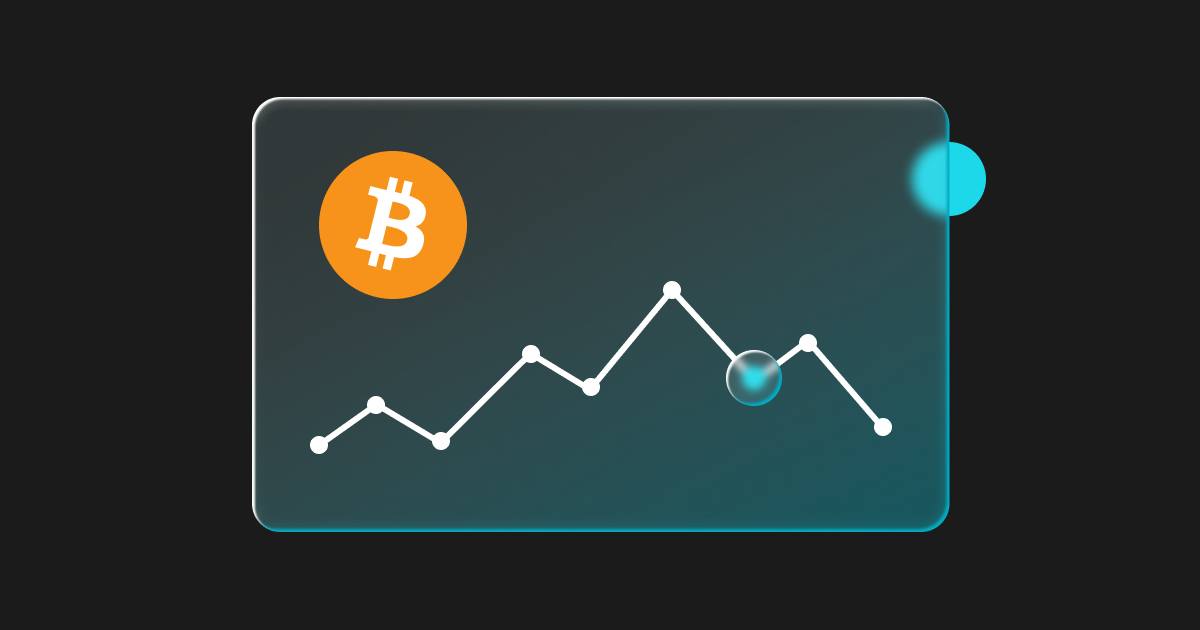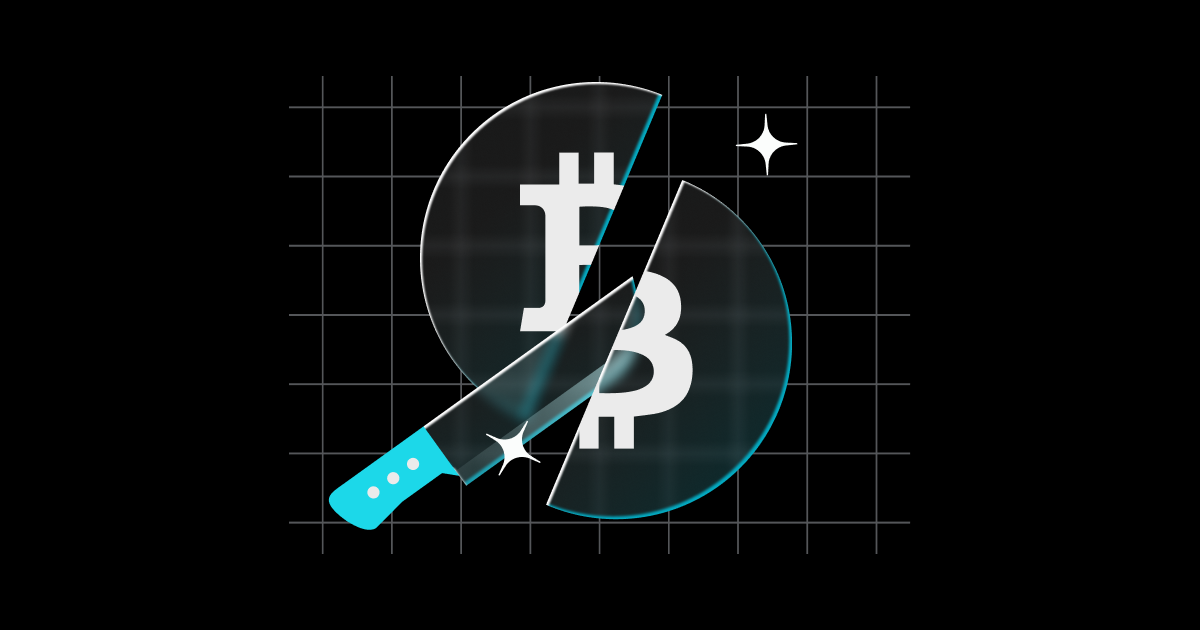Common Spot Grid Trading Pitfalls And How To Avoid Them: Tips For Safer Trading
Spot grid trading on Bitget transforms volatility into structured opportunity. It rewards discipline over emotion, systems over speculation. But while the strategy appears automated, it is not infallible — especially when misunderstood. In this article, we explore the most common pitfalls users face when deploying Bitget Spot Grid Bots, and how to avoid them by thinking structurally and executing deliberately.
Go to [Trading Bots] on Bitget and select [Spot grid]. Source: Bitget
Mistake 1: Treating Grid Bots As Passive Income Machines
A common misconception is that grid bots are plug-and-play money printers. Once configured, they'll just run profitably in the background, or so many assume. The reality is: spot grid bots are automated, but not passive. When left unchecked:
● Bots may pause indefinitely if price moves outside the defined range.
● Idle grids can result in missed opportunities.
● The bot may end up holding depreciated assets if market direction shifts unfavourably.
Grid trading still requires the user to assess whether the market has changed, and whether the original structure still fits. Tools like Trailing Grid can extend a bot's life in rising markets by gradually shifting the range upward. But without thoughtful monitoring, even a well-constructed bot can become misaligned.
Avoidance tips:
● Approach every spot grid bot as a time-sensitive structure, not a passive investment vehicle. When configuring your grid, set a calendar reminder to review its performance every few days. This is not to micromanage, but to verify alignment between your bot's logic and current market behaviour. If the price has moved beyond your set range, don't wait indefinitely. Either adjust the bot's price range, activate a trailing grid, or pause the bot and relaunch it with parameters that better fit the new market context.
● Also consider whether your current grid logic reflects your view of the market: is it still oscillating, or has it begun trending? Are you trying to accumulate, or extract? The sooner you intervene with clarity, the less likely you'll find your capital idle or misallocated.
● Think of your Spot Grid Bot as a live experiment, hence it needs periodic, strategic re-engagement.
Mistake 2: Using Too Many Grids Without Understanding The Trade-Off
Many assume that adding more grids equals more profit. In practice, excessive grid density introduces problems:
● Per-trade profits shrink, sometimes below trading fee thresholds.
● Capital is spread too thinly across too many intervals.
● Bots may over-trade in choppy markets, causing slippage and unnecessary churn.
As a result, the number of grids should match volatility conditions. Grid spacing determines how frequently trades execute and how much profit each trade can generate. Getting the density wrong can lead to either inefficiency or unnecessary risk:
Use fewer grids (5–15) when markets are volatile and swings are wide.
● In high-volatility conditions, price tends to move in larger waves. Fewer grids allow for wider spacing between orders, ensuring that each buy-low/sell-high execution captures a meaningful portion of the movement. This helps reduce overtrading and protects the bot from clustering too many orders near short-term noise. It also means each fill has more profit potential, which improves net returns after fees and slippage. Fewer grids in these environments create a cleaner, more decisive rhythm.
Use more grids (15–30) when markets are flat, with tight oscillations.
● In low-volatility or sideways conditions, price action lacks amplitude but remains range-bound. Denser grids are more effective here because they increase trade frequency across small fluctuations, enabling the bot to extract value from every minor bounce. More grids allow the bot to stay engaged, maintaining capital rotation and consistent activity even in uninspiring conditions. The key is that even if each trade captures only a small profit, the high volume of fills adds up and provided fees remain under control.
Avoidance tips:
● Always use the grid profit preview on Bitget as a pre-launch checkpoint. This tool estimates your net profit per grid after fees, allowing you to validate whether your configuration makes economic sense. If each trade is only yielding a fraction of a cent (or worse, less than the fee itself), then adding more grids is counterproductive.
● Don't assume that higher grid counts automatically improve performance. Instead, aim for a balance between spacing logic and capital efficiency. Your goal is not to maximise the number of trades, but to ensure that each trade captures enough value to justify its execution. Focus on how your grid interacts with market rhythm, not on how busy the bot looks once it's live.
Mistake 3: Running Bots In Trending Markets Without Adjusting
Grid bots are designed to capitalise on price oscillation, not on persistent directional movement. When markets trend strongly, fixed grids can underperform or stall. Two scenarios often play out:
● In uptrends, bots may sell too early and miss extended gains.
● In downtrends, bots keep buying and accumulate losing positions.
Avoidance tips:
● Enable Trailing Grid in steadily rising markets to keep the bot active as price climbs beyond the original range. Traditional grid bots operate within a fixed price corridor. In strong uptrends, once price breaches the upper boundary, the bot stops executing trades and becomes idle. Trailing Grid solves this by shifting the entire grid upward in sync with market movement. It preserves your spacing logic while continuously creating new buy-low/sell-high opportunities at higher levels. This ensures your bot doesn't become obsolete mid-rally and allows you to stay structurally engaged with the trend.
● Use AI Aggressive Bots when volatility is high and directional momentum is strong, to reduce overtrading and prioritise larger profit zones. High-volatility markets often produce wide price swings and sudden spikes. In such environments, using a dense grid results in excessive fills, slippage, and fee erosion. AI Aggressive Bots address this by widening grid spacing and reducing the total number of grid levels. The result is fewer trades, but each one targets a larger profit window. This approach is especially effective when you expect explosive moves but lack conviction in exact price levels. It's a structure built for amplitude.
● Deploy Manual Reverse Grid during gradual downtrends only if your goal is long-term accumulation at improved average prices. Manual Reverse Grid starts by selling into strength and buying into weakness. It's a strategy tailored for traders who believe in the asset but want to accumulate over time as price declines. This bot captures short-term rebounds to free up capital, then rebuys lower, lowering your average entry cost. However, it only works if the downtrend is controlled and only makes sense if you're willing to hold the asset for an extended period beyond the grid.
● Always reassess market structure before redeploying a paused or expired bot. Don't assume past settings still apply. A bot that performed well last week may underperform today if market dynamics have shifted. Redeploying a grid without reassessing volatility, trend direction, and price range is one of the fastest ways to fall out of sync with the market. Before restarting, check whether your previous assumptions about support levels, range width, and directional bias are still valid. Grid bots are only as effective as the context they're placed in.
● Let grid logic follow the market, not the other way around. Configuration must align with current conditions, not legacy assumptions. Many traders fall into the trap of adjusting their expectations to match their existing grid setup. This is backward thinking. A well-structured grid must emerge from current market reality: is price trending or ranging? Are movements sharp or slow? Is volatility compressing or expanding? Your configuration should be a response to those conditions, for a flexible mindset leads to durable strategies.
Mistake 4: Misusing Or Ignoring Advanced Settings
Bitget offers a suite of advanced configuration tools for Spot Grid Bots, including RSI and BOLL triggers, take-profit and stop-loss settings, trailing grid, HODL Mode, and Profit Transfer. These are structural levers that allow traders to encode precise logic into the bot's behaviour.
The problem isn't that these tools don't work. It's that many users either ignore them entirely, or enable them without understanding how they interact. This often leads to internal contradictions or misaligned execution. Each setting serves a distinct strategic function:
● Price trigger, RSI, and BOLL triggers allow you to delay bot activation until market conditions align with your strategy. Price Trigger launches the bot when a specific price level is reached and is useful for entering at support, resistance, or breakout confirmations. RSI trigger waits for momentum extremes (e.g., oversold below 30 or overbought above 70), helping time entries at potential reversal points. BOLL trigger activates based on Bollinger Band behaviour, so it's suitable for catching re-entries into a range or initiating after volatility spikes. These tools help avoid poor entry timing and ensure the bot only engages when your structural thesis is met.
● Take-profit (TP) and stop-loss (SL) settings define the boundaries of your strategy. TP ensures the bot locks in profits once a defined target is reached, while SL protects capital by exiting positions during adverse moves. Used together, they frame your bot as a bounded experiment with clear rules of disengagement.
● HODL Mode changes your grid's goal. Instead of taking profits in stablecoins, the bot accumulates more of the base asset with each profitable cycle. This is ideal for long-term bullish accumulation, but misaligned if your objective is short-term cash flow.
● Automatic Profit Transfer routes realised gains out of the grid loop and into your main account. This protects earned profits from being reabsorbed into future trades and prevents overexposure due to compounding. It's a useful tool for risk insulation and liquidity discipline.
These tools are most effective when used selectively. For instance, enabling Trailing Grid while also setting a tight Stop-Loss may result in the bot shutting down just as it begins adjusting to market conditions. Similarly, using HODL Mode while also expecting consistent USDT returns reflects a confused strategic posture.
How to use them correctly: Before activating any advanced setting, ask yourself: "Does this feature reinforce my core thesis?"
● If you're trading a volatile range and want structure only after momentum fades, use triggers.
● If you're protecting capital in uncertain conditions, define SL and TP limits.
● If you're building long-term exposure, activate HODL Mode, but disable Profit Transfer.
● If you're aiming for withdrawal-ready returns, use Profit Transfer, and skip HODL Mode.
Advanced settings are there to translate your strategy into execution logic, so that the bot performs exactly as you would with more discipline.
Mistake 5: Misaligning Grid Type With Market Context
Bitget Manual Spot Grid Bots allow users to choose from three grid directions, each suited to a different type of market behaviour:
● Normal Grid is designed for sideways or gently rising markets. The bot buys as price falls within the grid and sells as it rises, aiming to profit from repeated short-term fluctuations.
● Reverse Grid is suited for gradual downtrends. It starts by selling portions of the asset at higher levels, then buys back lower as price declines. This allows the trader to accumulate more of the asset at a reduced average cost.
● Neutral Grid works best in uncertain or non-directional markets. It allocates funds equally between crypto and stablecoin and places buy and sell orders on both sides. The goal is to profit from movement in either direction without betting on a trend.
Each direction works well when applied to the right type of market. Problems occur when grid logic doesn't match market structure:
● Using Normal Grid in a falling market causes the bot to keep buying into losses, potentially locking up capital in depreciating positions.
● Using Reverse Grid in a flat market results in minimal trading activity, as there's not enough movement to trigger profitable sells and repurchases.
● Using Neutral Grid in a trending market splits capital in both directions. That is, half your funds are always working against the trend, reducing overall performance.
The key to effective spot grid trading is to determine the market environment first, choose your grid direction second. Let your market view shape the bot's logic and not the other way around.
Mistake 6: Failing To Monitor And Adapt After Launch
Even a well-set-up grid bot can underperform if you never check on it. Price may drift too far from your range. Trades may stop executing. The structure that once fit no longer reflects current rhythm. Adjustments are never a sign of failure; they are what turn automated trading into strategic trading.
Key metrics to monitor include:
Fill frequency: Are trades being executed often enough to justify your grid?
● Low fill frequency may indicate that your grid is misaligned with current volatility or price has moved out of range. High frequency with small profits could lead to fee inefficiency. Regularly checking this helps ensure your bot remains productive.
Capital utilisation: Is your balance rotating through the grid, or sitting unfilled?
● If most funds are locked in inactive orders, the bot isn't responding to current price action. Efficient bots keep capital moving through buy and sell cycles.
Drawdown exposure: Are you overexposed at the edge of the range, especially after sharp price movements?
● Continuous buying near the lower end without recovery leaves you holding depreciated assets. Watching this helps you catch when a grid has turned from structured trading into unwanted accumulation.
Avoidance tips: Schedule routine reviews. Grid bots perform best when structure is dynamic, not static.
Final Thoughts: Awareness Over Automation
Again and again, it's important to note that spot grid bots are mirrors of how you structure thought under uncertainty. Every parameter you set reflects a belief about volatility, rhythm, and risk. But the real test begins after launch, for example market conditions shift, assumptions decay, a bot that once worked seamlessly can become misaligned without warning. The discipline lies not in building a perfect setup, but in recognising when the structure no longer fits and having the clarity to revise it without emotion or ego.
Automation without awareness becomes fragility. What separates a bot operator from a system trader is the ability to observe friction, detect drift, and respond without impulsiveness. The more deliberate your structure, the more lucid your review process, the more your bot becomes an extension of your evolving market logic.
Access spot grid trading now
FAQ about Spot Grid Trading on Bitget
Q1: What is spot grid trading?
Spot grid trading is a rules-based, automated trading strategy that helps traders profit from market volatility without predicting direction. It works by dividing a price range into multiple levels (or "grids") and placing buy and sell orders accordingly. This structured approach turns short-term price swings into repeated profit opportunities.
Learn more: Crash course on Spot Grid Trading
Q2: How does a spot grid bot actually operate?
A grid bot runs 24/7 and executes trades automatically within a defined price range. When the market price dips to a lower grid, it places a buy order. When the price rises to an upper grid, it sells. Each completed buy/sell pair generates a small profit. Over time, these small gains accumulate, especially in choppy, sideways markets.
Q3: How to start spot trading?
● Select AI or Manual Mode from the [Spot Grid] page and choose your trading pair (e.g., BTC/USDT).
● Click [Create] and the bot will begin operation.
● After activation, track performance and make adjustments from the [Running] tab:
Learn more: What Are Bitget Spot Grid Bots?
Q4: What is the best coin for beginners for spot grid trading?
Beginners are encouraged to start with BTC/USDT or ETH/USDT. These pairs offer high liquidity, clear price patterns, and smoother grid execution, making them ideal for learning how bots respond to market movements.
Learn more: How to Start Spot Grid Trading on Bitget




































